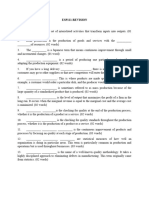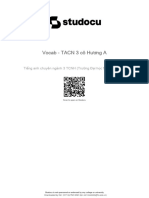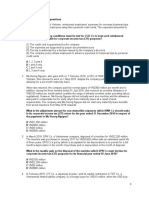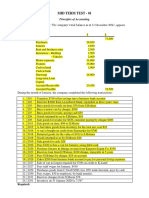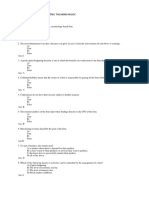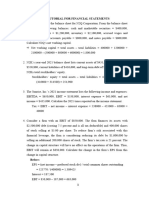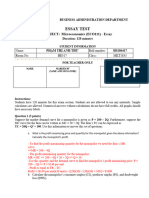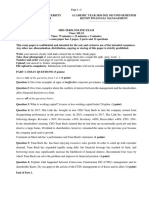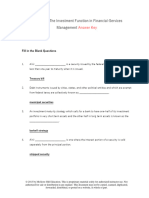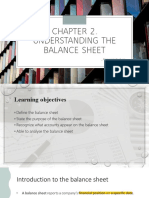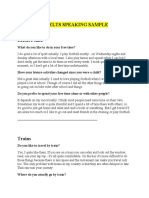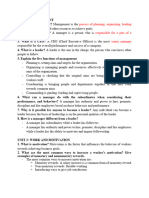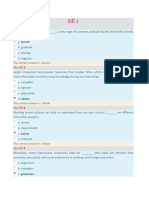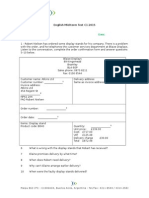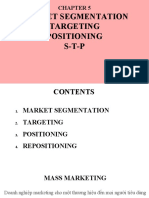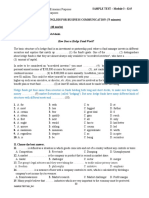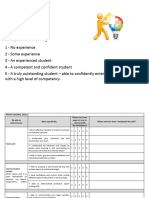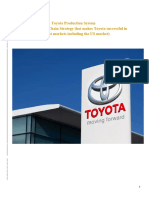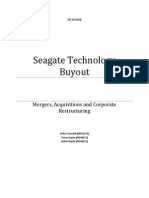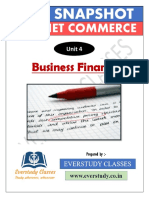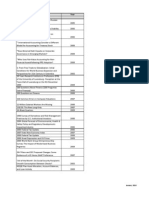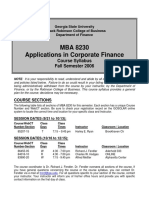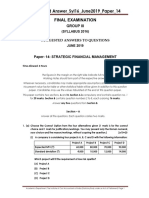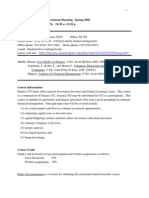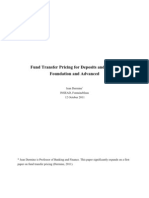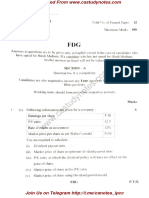0% found this document useful (0 votes)
46 views7 pagesTCH422
The document contains a series of questions related to corporate governance, financial decision-making, and performance metrics for companies. It includes multiple-choice questions assessing knowledge on ineffective governance signs, remuneration systems, conflicts of interest, corporate financial goals, earnings management, and financial ratios. Additionally, it discusses specific case studies involving companies like PX Sporty and Dam Ca Mau, focusing on financial projections, investment decisions, and performance comparisons.
Uploaded by
k61.2214535044Copyright
© © All Rights Reserved
We take content rights seriously. If you suspect this is your content, claim it here.
Available Formats
Download as PDF, TXT or read online on Scribd
0% found this document useful (0 votes)
46 views7 pagesTCH422
The document contains a series of questions related to corporate governance, financial decision-making, and performance metrics for companies. It includes multiple-choice questions assessing knowledge on ineffective governance signs, remuneration systems, conflicts of interest, corporate financial goals, earnings management, and financial ratios. Additionally, it discusses specific case studies involving companies like PX Sporty and Dam Ca Mau, focusing on financial projections, investment decisions, and performance comparisons.
Uploaded by
k61.2214535044Copyright
© © All Rights Reserved
We take content rights seriously. If you suspect this is your content, claim it here.
Available Formats
Download as PDF, TXT or read online on Scribd
/ 7











